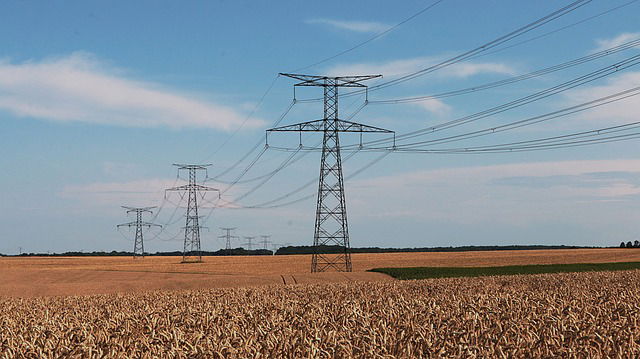
Renewable energy, such as solar, wind, and water energy, plays an important role in the future global energy supply. However, the availability of these energy sources are various in different places and is affected by factors like weather and seasons.
Therefore, how to effectively store the collected renewable energy for future use is a very important issue.
In a recent study, researchers try to design a new power grid that can integrate wind, water, and solar power to avoid load loss due to energy variability and uncertainty. The finding is published in PNAS.
Researchers from Stanford University and University of California, Berkeley designed a grid integration model. The model found low-cost and no-load-loss solutions to solve the energy storage issue in all the US energy sectors (electricity, transportation, heating/cooling, and industry).
Researchers used 3D global weather model to stimulate extreme events that may influence the availability of renewable energy. Based on the information, they developed solutions that prioritize energy storage in oil and hot water, in ice and cold water, and in phase-change materials, biofuels, nuclear power or stationary batteries.
All the stored energy can be used in the future. For example, people can use H2 to convert electricity to motion and heat, use ice and water to convert electricity to later cooling or heating, and pump hydropower to store electricity for later use.
Using these energy storage solutions, the 2050-2055 US electricity social cost for a full system is much less than for fossil fuels. In addition, the results hold for many conditions (e.g., different storage charge and discharge rates, capacities, efficiencies, and long-distance transmission needs), and they suggest that low-cost, reliable 100% wind, power, and solar energy systems should work many places in the world.
Citation: Jacobson MZ, et al. (2015). Low-cost solution to the grid reliability problem with 100% penetration of intermittent wind, water, and solar for all purposes. Proceedings of the National Academy of Sciences, 112: 15060-15065. 201510028. doi: 10.1073/pnas.1510028112.
Figure legend: This Knowridge.com image is for illustrative purposes only.



